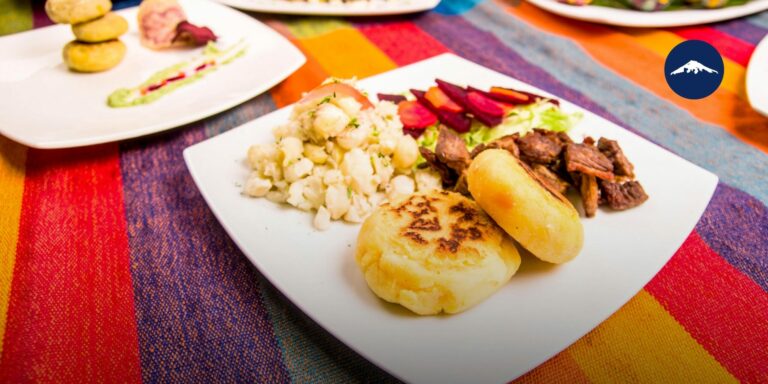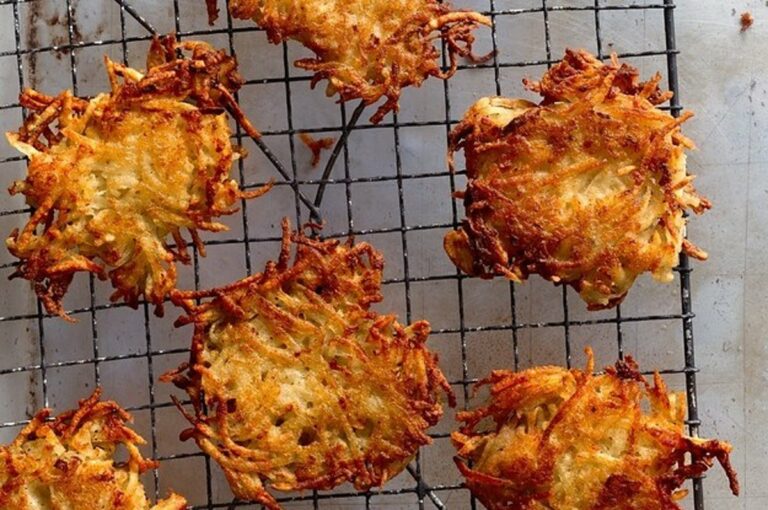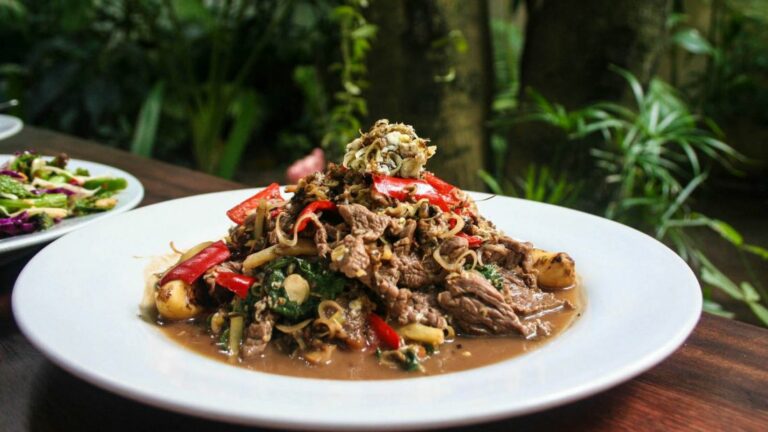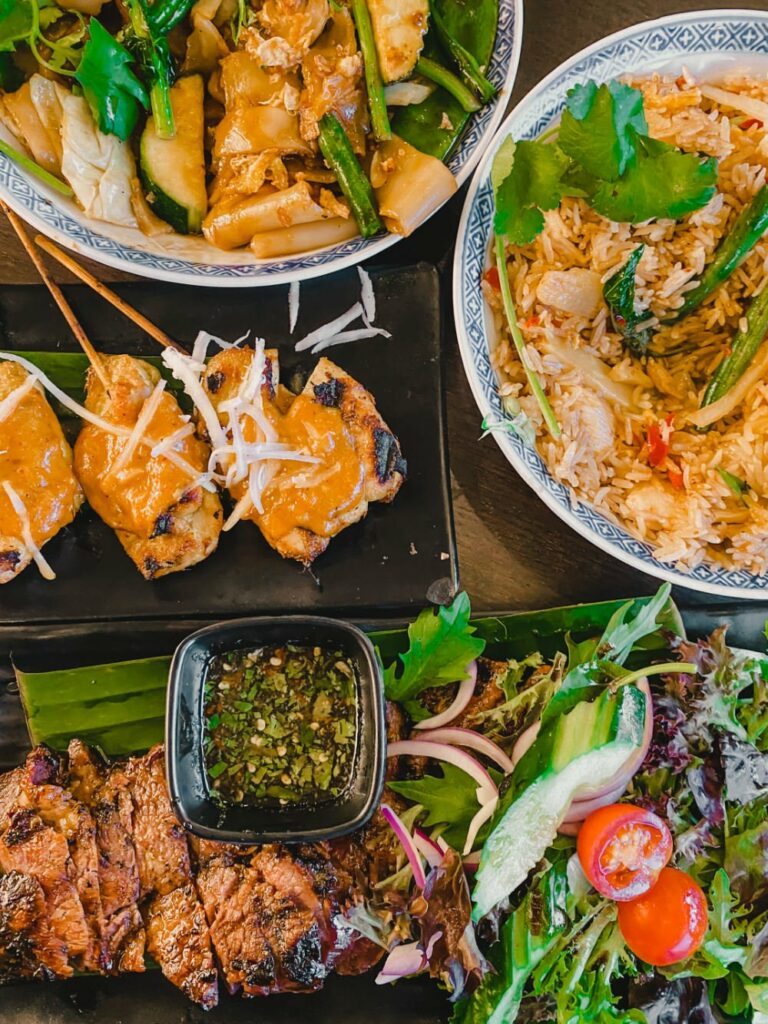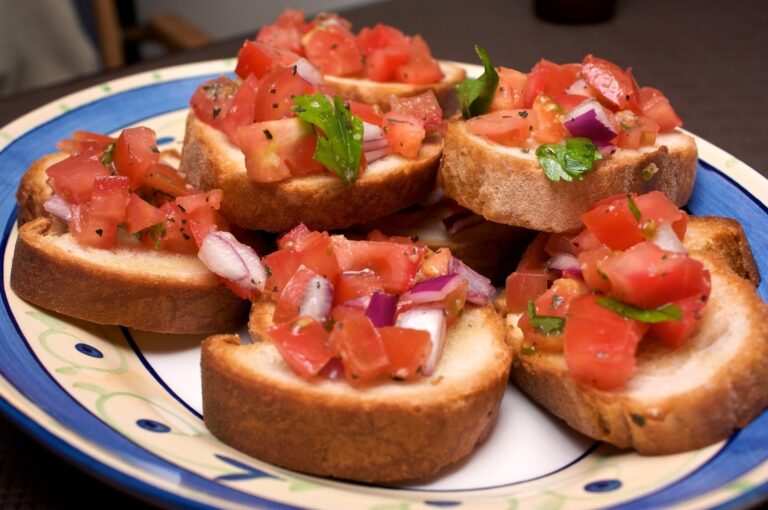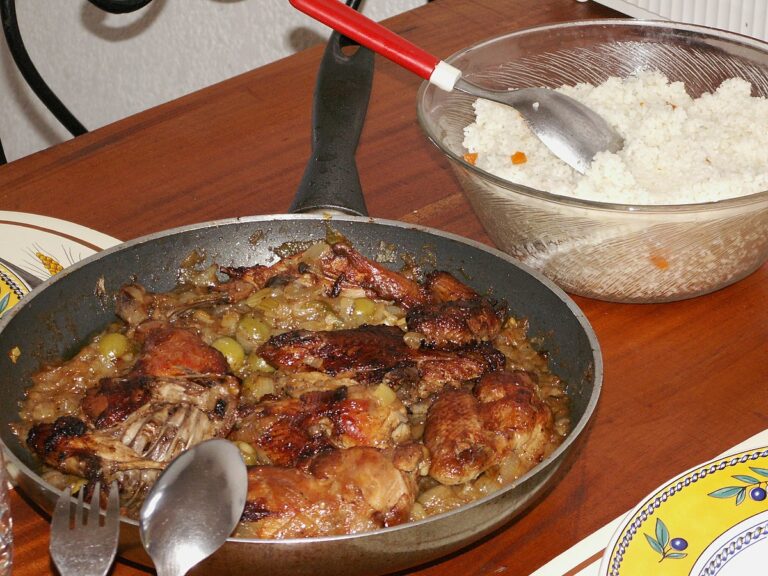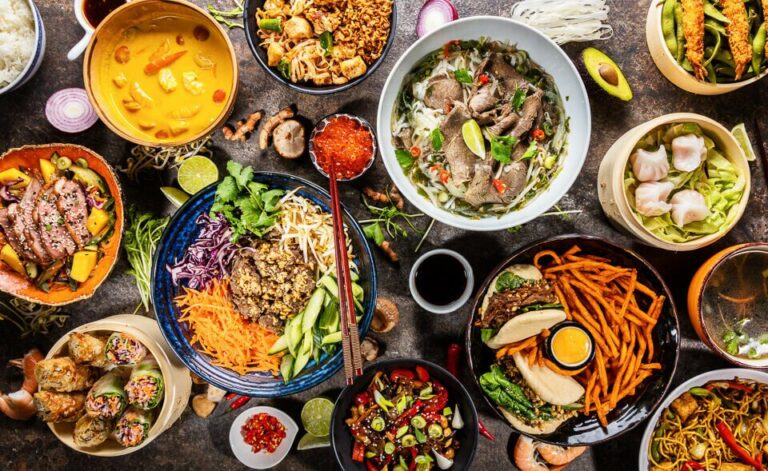Introduction: Street Food around the World
Street food has become an integral part of the culinary landscape worldwide. From hotdogs in New York City to tacos in Mexico City, street food stalls have become ubiquitous and are often regarded as an important representation of a country’s culture. The rise of street food has also led to a new generation of entrepreneurs who are taking to the streets to sell their own unique spins on traditional dishes.
The Holy See: Overview
The Holy See, also known as Vatican City, is the smallest independent state in the world. Located in the heart of Rome, it is the spiritual and administrative center of the Roman Catholic Church. With a population of around 800 people, Vatican City is home to some of the world’s most famous landmarks, including St. Peter’s Basilica and the Sistine Chapel.
Street Food Culture in Rome
Rome, like many other cities worldwide, has a thriving street food culture. The city is renowned for its pizza, pasta, and gelato, which can be found in many street-side cafes and restaurants. However, street food in Rome is not just limited to Italian cuisine. Visitors can find a diverse range of dishes from all over the world, from Indian curries to Ethiopian stews.
Street Food Vendors near the Vatican
While street food vendors are not allowed within the walls of Vatican City, there are many stalls and food trucks located just outside its borders. These vendors cater to the thousands of visitors who flock to see the Pope and other Vatican attractions every day. Some of the most popular street food vendors in the area include those selling pizza al taglio (Roman-style pizza), porchetta (roasted pork), and gelato.
Types of Street Food in the Holy See
Most of the street food vendors near the Vatican specialize in Italian cuisine, particularly pizza and pasta dishes. However, there are also some vendors who offer international dishes such as falafel and kebabs. In addition to savory dishes, there are also many vendors selling sweet treats such as cannoli (a pastry filled with sweetened ricotta cheese) and gelato.
Conclusion: Popularity of Street Food in the Holy See
While Vatican City does not have its own street food culture, the surrounding areas of Rome have a thriving street food scene. Many vendors cater to the thousands of visitors who come to see the Vatican’s attractions every day. With a focus on Italian cuisine, street food in the Holy See offers visitors a chance to sample some of Rome’s most iconic dishes and flavors.

